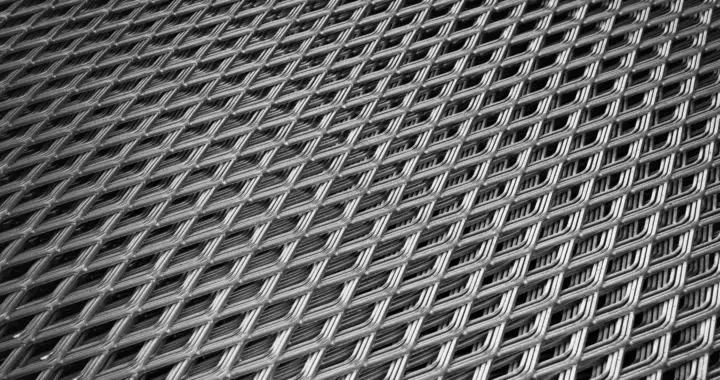The Importance of Temporary Paddock Fencing for Livestock Management
When it comes to effective livestock management, one often overlooked but essential component is proper fencing. While traditional permanent fencing serves as a long-term solution for containing animals, temporary paddock fencing offers a flexible and efficient alternative for farmers and ranchers. The use of temporary fencing can be particularly beneficial for rotational grazing, preventing overgrazing, and managing pastures effectively.
Flexibility in Pasture Management
One of the primary advantages of temporary paddock fencing is its flexibility. Farmers can easily set up and dismantle these fences as needed, making it possible to create new paddocks based on the current conditions of the land and the needs of the livestock. This adaptability is crucial for rotational grazing systems, where animals are moved between pastures to allow forage regrowth and prevent the depletion of resources.
With temporary paddock fencing, land managers can adjust the size and shape of grazing areas to suit varying herd sizes or changes in pasture quality
. This capability is especially useful in managing mixed-species grazing, where different types of livestock can be separated or combined in ways that benefit their collective health and minimize stress.Economic Efficiency
Temporary fencing is often less expensive than traditional permanent fencing made from wood, barbed wire, or vinyl. Materials for temporary fencing can range from lightweight plastic posts and electric tape to high-tensile wire, allowing for a variety of setups based on budget and specific needs. The lower initial investment makes it easier for small-scale farmers or those new to livestock management to implement effective fencing solutions without incurring significant costs.
Additionally, the easy installation and removal of temporary fences can save labor costs. Farmers can quickly allocate resources where they are needed most, ensuring that their livestock have access to fresh grazing pastures without extensive downtime or labor-intensive processes.
temporary paddock fencing

Animal Welfare
Proper management of grazing lands directly impacts animal health and welfare. Overgrazing can lead to diminished forage quality, which in turn affects the nutrition of livestock. Temporary paddock fencing allows farmers to rotate animals systematically, ensuring that they have constant access to adequate food sources while giving the rest of the pasture time to recover.
Moreover, temporary fencing can be used to create smaller enclosures for specific animal care situations, such as veterinary treatment or feeding during adverse weather conditions. This targeted approach helps ensure that livestock remain healthy and stress-free, which is crucial for overall productivity.
Environmental Impact
Effective pasture management through temporary paddock fencing also has positive implications for the environment. By allowing for better grazing management, farmers can minimize soil erosion, improve water retention, and enhance biodiversity in their pastures. Rotational grazing promotes healthier soil management practices, reducing the need for chemical fertilizers and encouraging natural growth patterns.
Furthermore, these practices align with sustainable farming principles, which are increasingly recognized for their importance in preserving agricultural landscapes and mitigating climate change impacts. Farmers can attract environmentally conscious consumers by implementing proper fencing and rotational grazing strategies.
Conclusion
Temporary paddock fencing serves as an invaluable tool for livestock management, providing flexibility, economic benefits, enhanced animal welfare, and positive environmental impacts. As farmers and ranchers continue to adapt to the ever-changing landscape of agriculture, the integration of temporary fencing solutions will play a critical role in sustainable and efficient livestock management practices. Embracing such innovations can lead to healthier animals, more productive pastures, and ultimately, a more sustainable farming future.
-
Why Galvanized Trench Cover Steel Grating Resists Corrosion
NewsJul.10,2025
-
The Versatility and Strength of Stainless Expanded Metal Mesh
NewsJul.10,2025
-
Load Calculations in Steel Grating Platforms
NewsJul.10,2025
-
Keeping Pets and Kids Safe with Chicken Wire Deck Railing
NewsJul.10,2025
-
Hole Diameter and Pitch for Round Perforated Metal Sheets
NewsJul.10,2025
-
Aluminium Diamond Mesh in Modern Architecture
NewsJul.10,2025
Subscribe now!
Stay up to date with the latest on Fry Steeland industry news.

